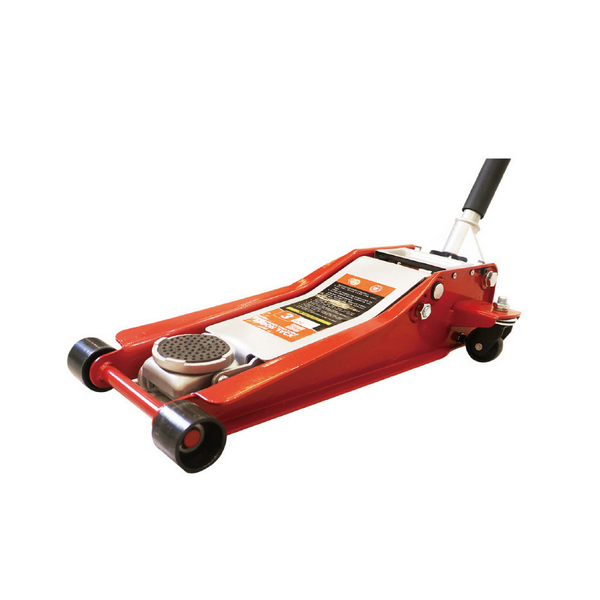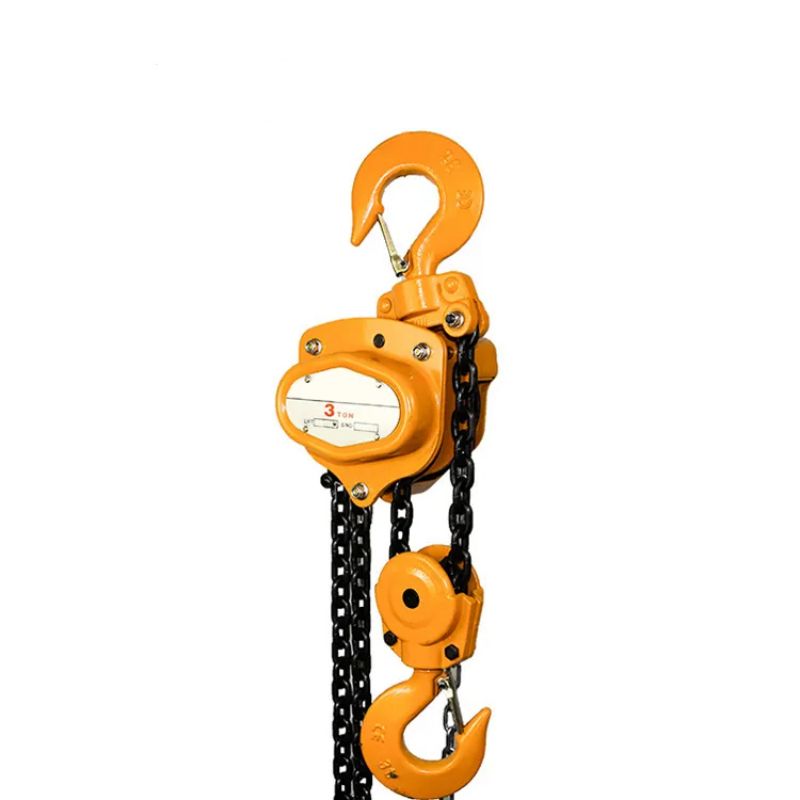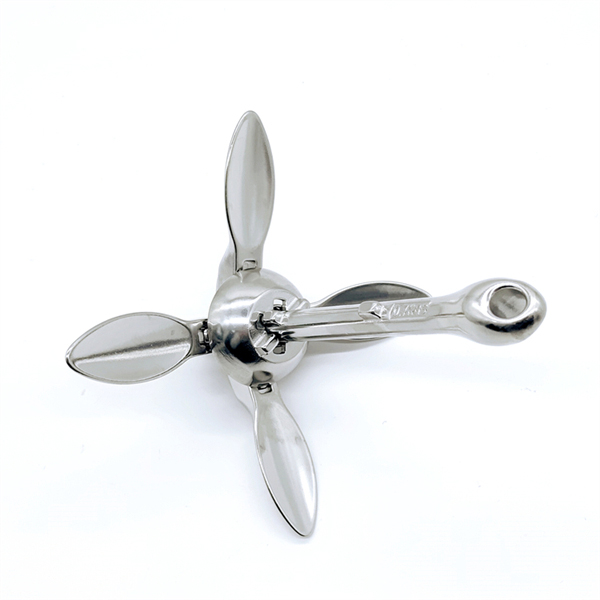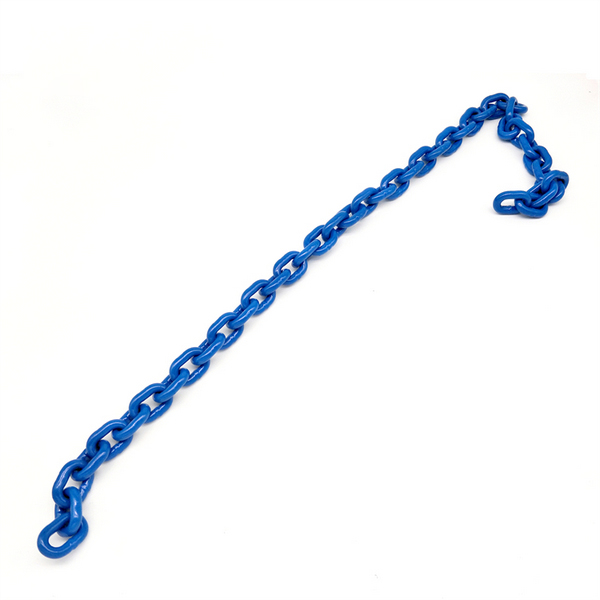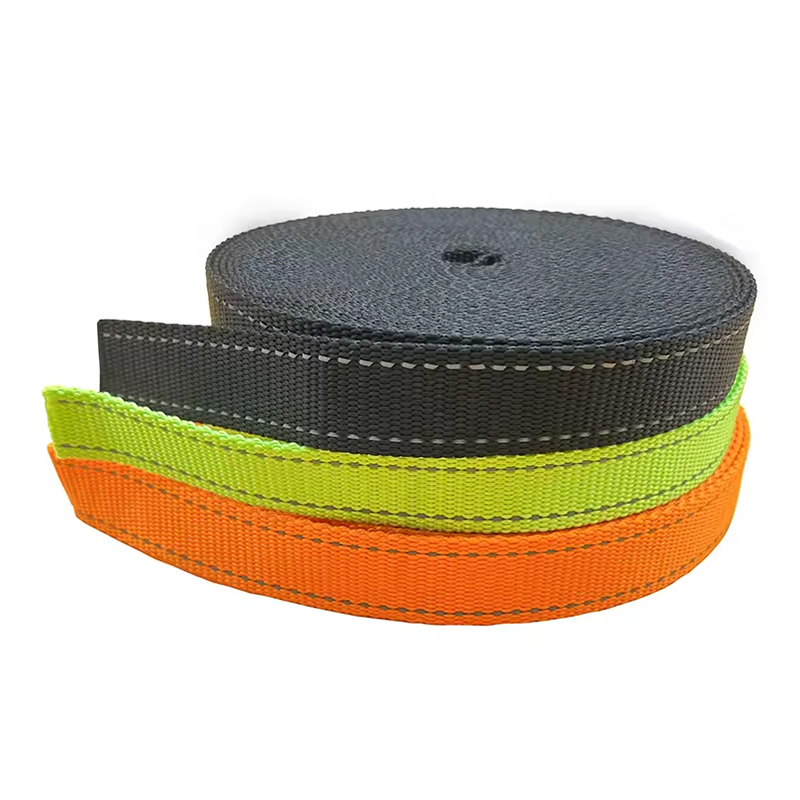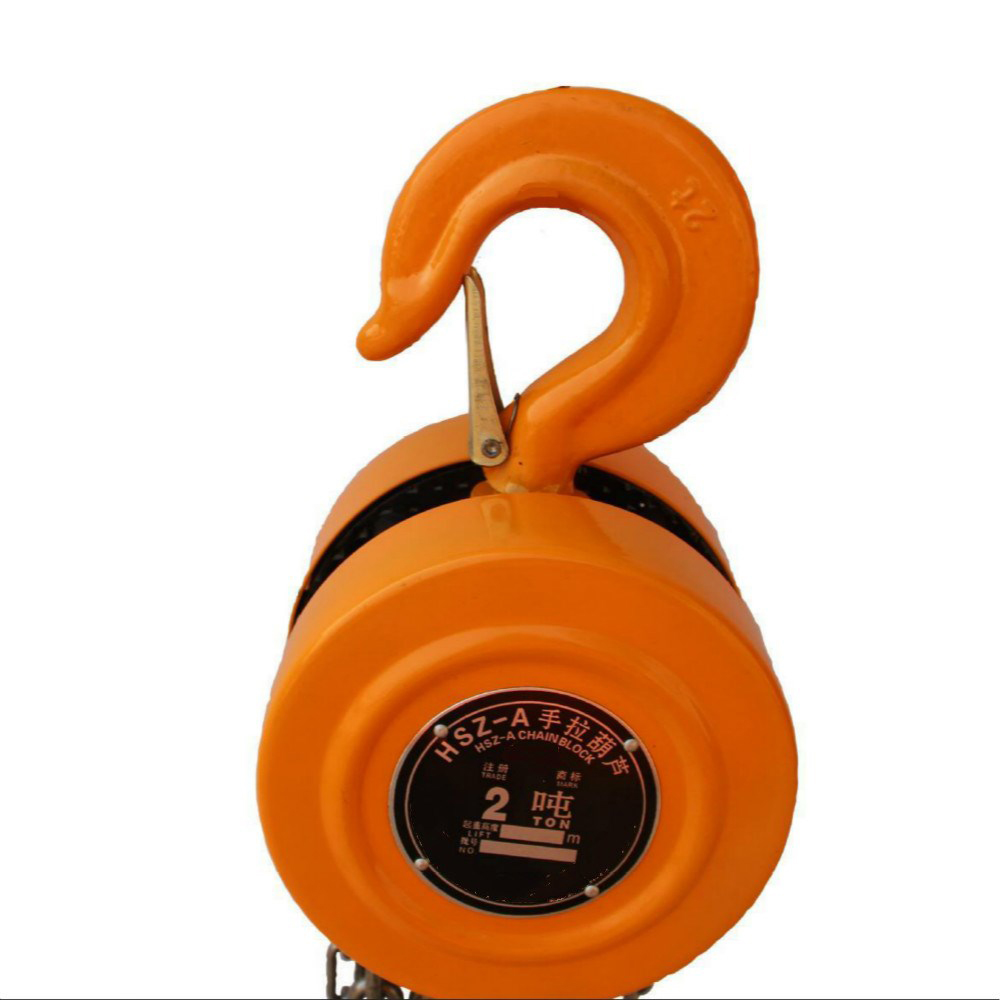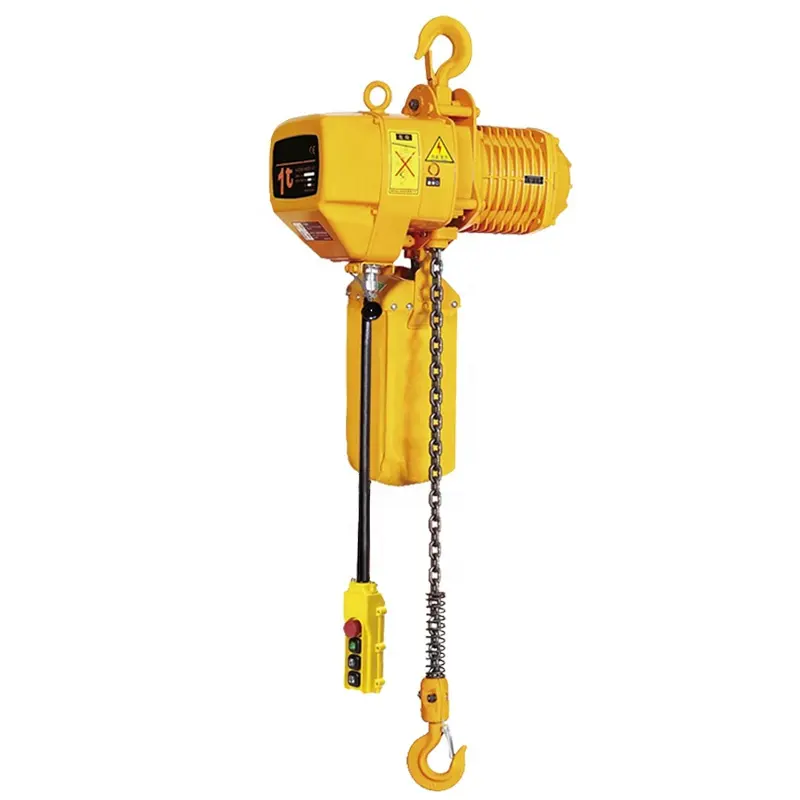Car Lift Portable Low Profile Manual Hydraulic Floor Jack
In the realm of automotive maintenance and repair, the draulic floor jack stands as an indispensable tool for professionals and hobbyists alike. Known for its robustness and ease of use, this device plays a crucial role in lifting heavy vehicles, allowing mechanics to perform tasks such as tire changes, brake work, and other undercarriage inspections safely and efficiently.
How Does a Hydraulic Floor Jack Work?
At the core of the draulic floor jack’s functionality lies Pascal’s principle, which states that pressure applied to a confined fluid is transmitted undiminished throughout the fluid. Here’s a step-by-step breakdown of how a draulic floor jack operates:
Pumping Action: The user pumps the jack handle, which operates a small piston (the pump piston). This action draws draulic fluid from the reservoir into the pump chamber.
Fluid Pressure: Continued pumping builds pressure within the draulic fluid, which is then transmitted through the system to a larger piston (the lift piston).
Lifting the Vehicle: The pressure exerted on the lift piston causes it to rise, thereby lifting the saddle (the component in direct contact with the vehicle) and the vehicle itself.
Locking and Releasing: Once the desired height is reached, the user can lock the jack in place. To lower the vehicle, a release valve is opened, allowing the draulic fluid to return to the reservoir, and the lift piston gradually descends.
Advantages of Hydraulic Floor Jacks
Hydraulic floor jacks offer several advantages that make them a preferred choice in automotive environments:
Ease of Use: With minimal psical effort required, even substantial loads can be lifted with precision and control.
Stability and Safety: The wide base and robust construction of draulic floor jacks provide excellent stability, reducing the risk of the jack tipping over under load.
Versatility: Available in various sizes and capacities, draulic floor jacks can be used for a range of vehicles, from compact cars to heavy-duty trucks.
Durability: Built with high-quality materials, these jacks are designed to withstand the rigors of frequent use in demanding environments.
Key Considerations When Choosing a Hydraulic Floor Jack
When selecting a draulic floor jack, several factors should be taken into account to ensure it meets your specific needs:
Load Capacity: Ensure the jack can support the weight of the vehicle you intend to lift. Common capacities range from 2 to 4 tons for consumer models.
Lift Range: Consider the minimum and maximum lift heights. This is particularly important for vehicles with low ground clearance.
Build Quality: Look for jacks made from durable materials such as steel or aluminum. High-quality jacks also have better seals and components, reducing the likelihood of draulic fluid leaks.
Portability: While some jacks are designed to be lightweight and easy to transport, others are heavier and more suited to stationary use in a garage.
Safety Features: Features like overload protection valves and locking mechanisms enhance the safety of the jack during use.
Model Number: WDFJ
-
Cautions:
Maintenance Tips for Hydraulic Floor Jacks
To ensure the longevity and optimal performance of your draulic floor jack, regular maintenance is essential:
Check Hydraulic Fluid Levels: Low fluid levels can impair the jack’s lifting ability. Regularly check and top up the draulic fluid as needed.
Inspect for Leaks: Periodically inspect the jack for draulic fluid leaks, which can indicate worn seals or damage.
Lubricate Moving Parts: Keep all moving parts well-lubricated to reduce friction and wear.
Store Properly: When not in use, store the jack in a clean, dry place to prevent rust and corrosion.
Regular Inspections: Perform routine inspections to identify and address any signs of damage or wear before they become significant issues.
Write your message here and send it to us
